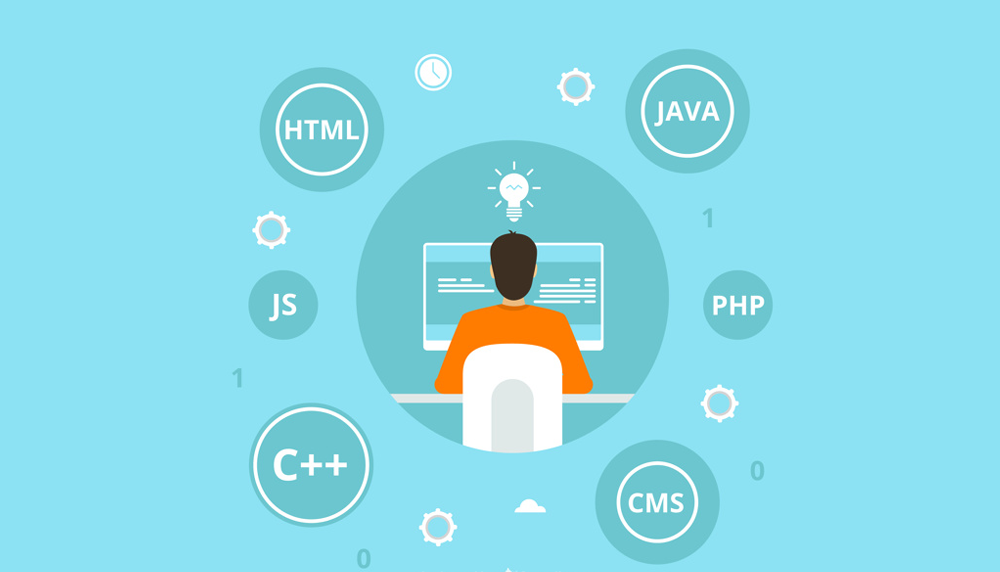Mastering Webflow Development: Animation and Complex UI/UX Design

Welcome to StarWebTek’s guide on mastering Webflow development, focusing on animation, complex UI/UX design, and more. In this comprehensive resource, we’ll explore everything you need to know about creating stunning and user-friendly websites using Webflow. From understanding the basics of Webflow to mastering advanced design techniques and optimizing for the best user experience (UI/UX), we’ve got you covered.
Introduction to Webflow
Webflow is a powerful visual development platform that allows users to design, build, and launch responsive websites visually. It combines the ease of a visual builder with the flexibility of a traditional CMS, making it a popular choice for designers and developers alike.
Why Choose Webflow for Your Website?
- Visual Development: Webflow’s visual editor allows you to design and customize websites visually, making it easy to create complex layouts and interactions.
- Flexibility: Webflow offers a robust CMS and e-commerce capabilities, allowing for extensive customization and scalability.
- Custom Interactions: Create custom animations and interactions without writing code, enhancing user engagement and experience.
- SEO Optimization: Webflow websites are SEO-friendly, providing tools to optimize meta tags, alt text, and more.
- Hosting and Security: Webflow provides secure hosting and automatic SSL certificates, ensuring your site is safe and reliable.
Understanding UI/UX Design Principles
Before diving into Webflow development, it’s essential to grasp the fundamentals of UI/UX design. User Interface (UI) design focuses on the visual layout and elements of a website, while User Experience (UX) design concerns the overall usability and satisfaction of users interacting with the site.
Key UI/UX Design Principles
- Simplicity: Keep the design clean and intuitive to avoid overwhelming users.
- Consistency: Maintain uniformity in design elements, such as colors, fonts, and navigation, for a cohesive experience.
- Navigation: Ensure intuitive navigation paths to help users find information quickly and easily.
- Visual Hierarchy: Organize content hierarchy to guide users’ attention and emphasize important elements.
- Accessibility: Design with accessibility in mind to accommodate users with disabilities and ensure an inclusive experience.

Webflow Website Design Basics
Now that we’ve covered the fundamentals of UI/UX design, let’s delve into the specifics of designing a website on the Webflow platform. Whether you’re starting from scratch or enhancing an existing site, these steps will guide you through creating a visually appealing and user-friendly website on Webflow.
Step 1: Getting Started with Webflow
- Creating an Account: Sign up for a Webflow account and familiarize yourself with the dashboard and workspace.
- Choosing a Template: Select a template that fits your project’s needs, whether it’s a portfolio, e-commerce site, or business website.
- Understanding the Editor: Learn how to navigate the Webflow editor and use the basic tools and features.
Step 2: Designing Your Website
- Layout and Structure: Plan the layout and structure of your website, including pages, sections, and navigation.
- Visual Elements: Incorporate images, videos, and graphics to enhance the visual appeal and storytelling of your site.
- Typography: Choose fonts that are legible and complement your brand’s style and message.
- Color Scheme: Establish a color scheme that aligns with your brand identity and evokes the desired emotions.
Step 3: Creating Custom Interactions and Animations
- Animation Basics: Learn how to create animations using Webflow’s Animation and Interactions panel.
- Custom Interactions: Design custom interactions that respond to user actions, such as hover effects and scroll animations.
- Advanced Interactions: Explore advanced animation techniques, such as parallax scrolling and timed animations.
Step 4: Optimizing for Responsive Design
- Responsive Design: Ensure your website looks great and functions well on all devices, from desktops to smartphones.
- Mobile Optimization: Use Webflow’s responsive design features to customize layouts and interactions for mobile users.
- Testing and Iteration: Test your website across different devices and screen sizes to identify and fix any usability issues.

Advanced Webflow Website Design Techniques
Once you’ve mastered the basics of Webflow website design, you can explore advanced techniques and strategies to elevate your site’s visual appeal, functionality, and user experience further.
Advanced Design Features
- Custom CSS and HTML Embeds: Utilize custom code to achieve unique design elements and functionalities beyond Webflow’s built-in tools.
- CMS and E-commerce Integration: Set up dynamic content and e-commerce functionalities using Webflow’s CMS and e-commerce features.
- Complex Layouts: Design complex layouts using Webflow’s grid and flexbox systems, allowing for sophisticated designs.
- Collaboration and Versioning: Collaborate with team members and clients using Webflow’s design collaboration and versioning tools.
User Experience Optimization
- User Testing: Conduct user testing and gather feedback to identify usability issues, pain points, and areas for improvement.
- Accessibility Compliance: Ensure your website meets accessibility standards and guidelines to accommodate users with disabilities.
- Performance Monitoring: Monitor website performance metrics, such as page load times and bounce rates, to optimize user experience.
Webflow Maintenance and Support
Creating a Webflow website is just the beginning. To ensure its long-term success and effectiveness, ongoing maintenance and support are essential. Whether it’s updating content, troubleshooting issues, or implementing new features, proactive maintenance and responsive support can help keep your Webflow website running smoothly and efficiently.
Maintenance Best Practices
- Content Updates: Regularly update and refresh website content to keep it relevant, accurate, and engaging for visitors.
- Security Patches: Install security patches and updates promptly to protect your website from vulnerabilities and security threats.
- Performance Optimization: Optimize website performance by monitoring page load times, optimizing images, and implementing caching.
- Backup and Recovery: Implement regular backups to safeguard against data loss and ensure quick recovery in case of unexpected issues.
Support Services
- Technical Support: Provide timely and responsive technical support to address user inquiries, troubleshoot issues, and provide solutions.
- Training and Resources: Offer training and resources to help users understand and maximize the capabilities of Webflow.
- Custom Development: Provide custom development services to enhance and expand your Webflow website’s functionality.
Conclusion
Webflow is a powerful platform for designing and developing visually stunning and user-friendly websites. With its visual editor, custom animations, and robust CMS and e-commerce capabilities, Webflow empowers designers and developers to create unique and engaging online experiences. By mastering Webflow’s features and best practices, you can build websites that not only look great but also deliver exceptional user experiences. Contact StarWebTek today to discuss your Webflow project and discover how we can help you achieve your online business goals with a professionally designed website.